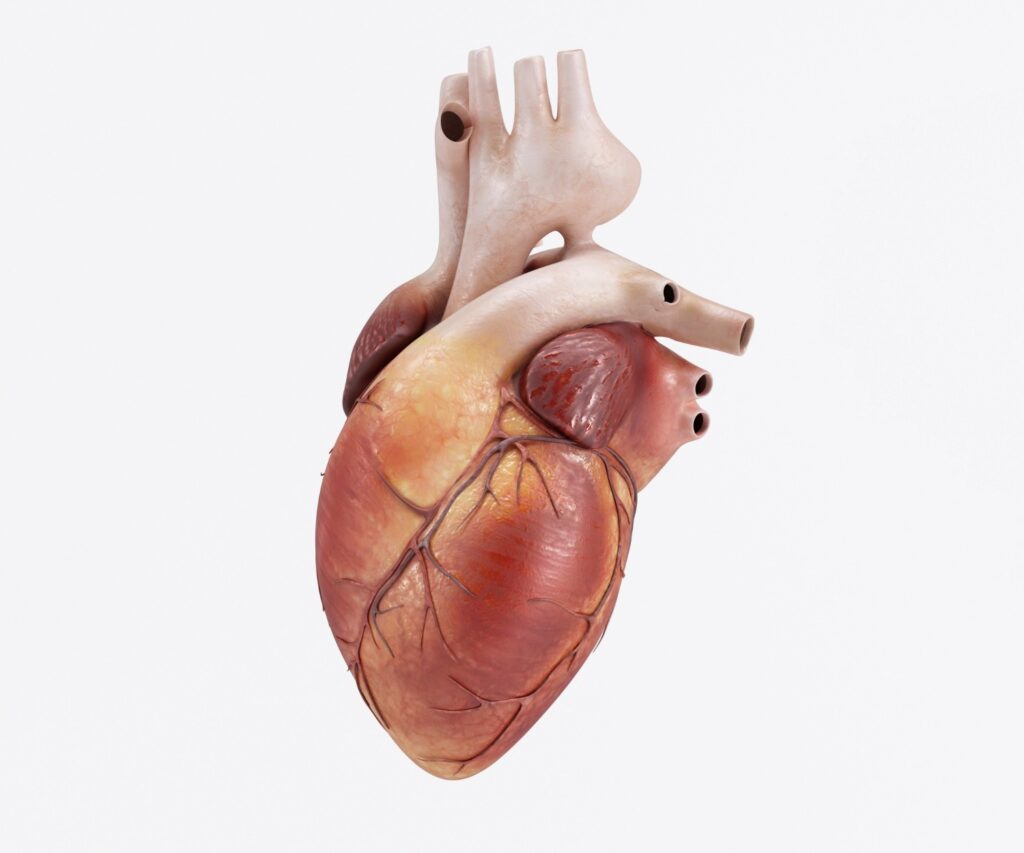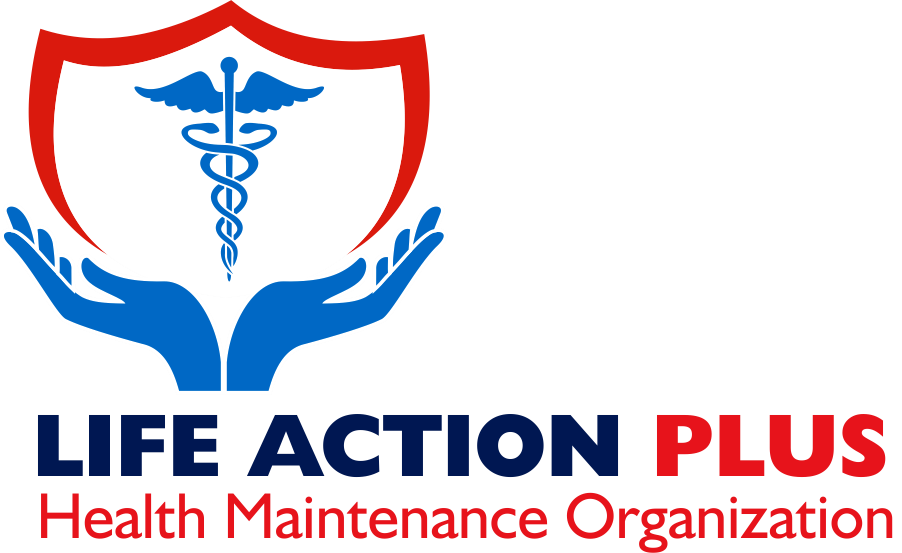Cardiovascular diseases (CVDs) are the leading cause of death globally, responsible for 1 in every 3 deaths. Heart attacks and strokes often result from a combination of risk factors, including tobacco use, unhealthy diet and obesity, physical inactivity, alcohol use, hypertension, diabetes, and high cholesterol levels.

Adopting a healthier lifestyle to support heart health is never too late. Here are some practical steps to follow:
- Eat a Heart-Healthy Diet
A heart-healthy diet includes a mix of fruits, vegetables, whole grains, legumes, and nuts. Reduce consumption of salty meats like ham, bacon, sausage, hotdogs, and other salty foods like dried fish. Use calamansi juice and vinegar to season your food instead of high-sodium condiments such as soy sauce, fish sauce, bagoong, and ketchup. Avoid processed, canned, and fast food. Replace sweet snacks like doughnuts and cookies with fresh fruits and vegetables, and opt for water instead of sugary sodas and juices. - Lose Weight if Overweight
Overweight and obesity are defined as having a body mass index (BMI) of 25 or higher. Central obesity is indicated by a waist circumference greater than 80 cm for females and 90 cm for males, and it is associated with an increased risk of cardiovascular disease. Reducing 500 kilocalories from the daily diet can result in an average weight loss of about 0.5 to 1 kilogram per week. - Increase Regular Physical Activity to at Least 2.5 Hours per Week
Physical activity helps improve blood pressure, cholesterol levels, and weight control. Some activity is better than none; even small amounts can make a difference. Inactive individuals can start by incorporating small amounts of activity into their daily routines and gradually increasing the duration, frequency, and intensity. Adults are recommended to engage in at least 150 minutes of moderate physical activity each week, such as brisk walking, climbing stairs, dancing, gardening, or doing household chores that elevate the heart rate. - Avoid Tobacco
Tobacco use and exposure to second-hand smoke are harmful to heart health. Quitting tobacco is one of the best steps an individual can take for their heart, with immediate and long-term benefits, including the possibility of living up to 10 years longer. A year after quitting, the risk of heart disease drops to about half that of a smoker. Fifteen years after quitting, the risk becomes equivalent to that of a non-smoker. - Avoid Alcohol Consumption
Alcohol consumption is linked to over 200 disease and injury conditions, including cardiovascular diseases. There is no safe level of alcohol consumption for heart health, so it is best to avoid it altogether to protect the heart. - Regularly Check Blood Pressure and Blood Sugar
Regular monitoring of blood pressure and blood sugar by a healthcare professional is crucial for maintaining a healthy heart. High blood pressure can harm the heart even without obvious symptoms, so regular checks are essential. It is also important to consult a healthcare professional if there are behavioral risks, such as an unhealthy diet, inactivity, tobacco use, or alcohol consumption, to plan necessary lifestyle changes. For those diagnosed with hypertension or diabetes, setting health goals with a healthcare professional and taking prescribed medications consistently is key. Including loved ones in the journey towards better heart health can provide valuable support.


